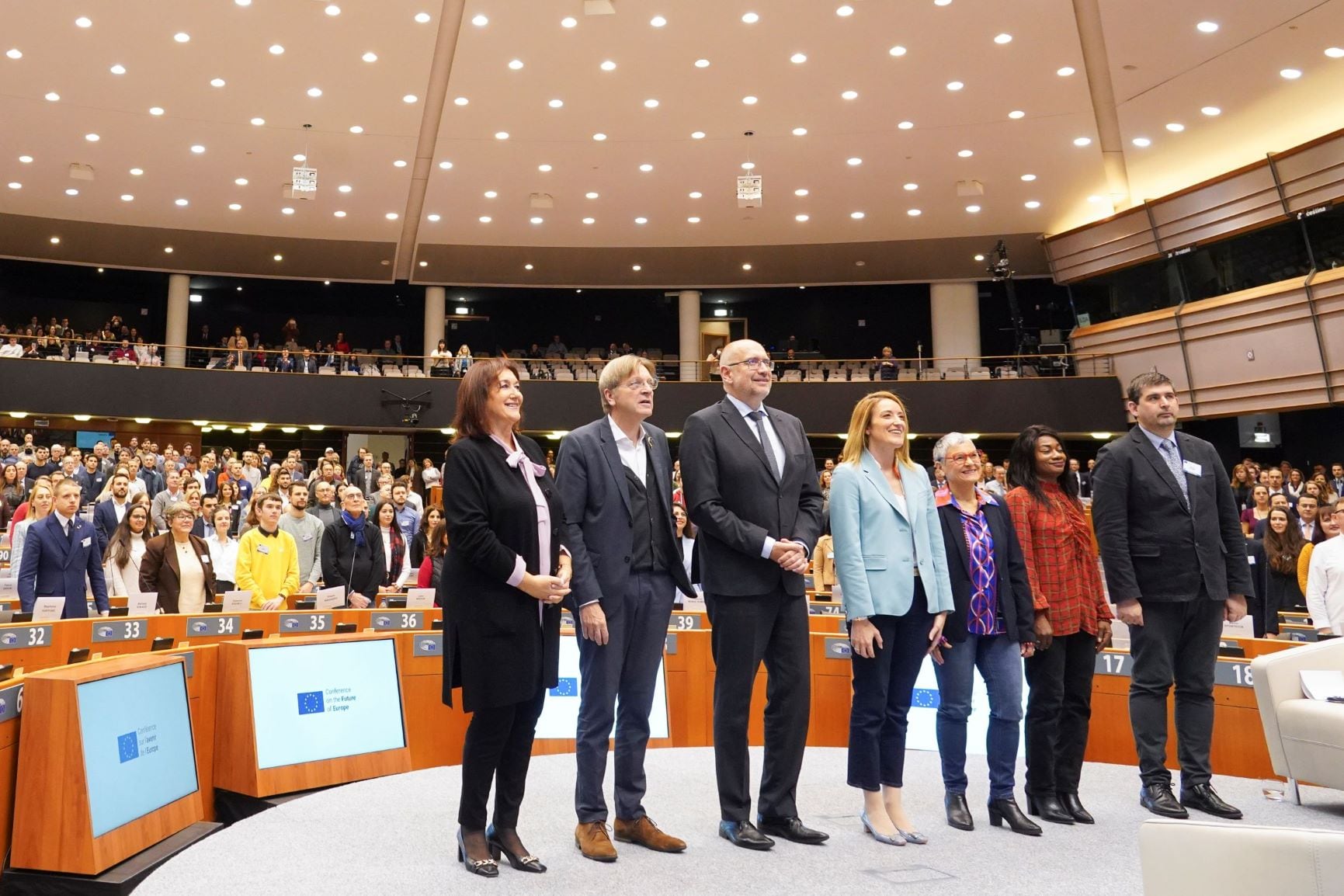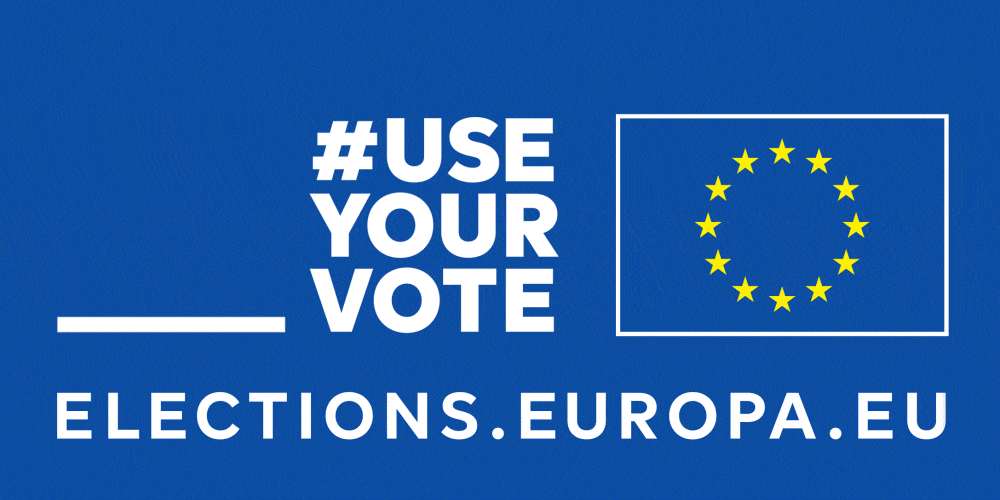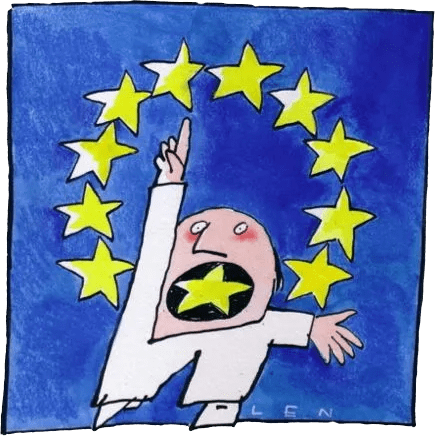
After years of silence on the matter, EU Commission President Ursula von der Leyen and other EU leaders have indicated openness to Treaty Changes if citizens demand so in the context of the Conference on the Future of Europe (CoFoE). In this article I explore some of the most prominent proposals for reforming the European Citizens’ Initiative (ECI) in light of the rapidly changing political context. By Carsten Berg.
The ECI is the world’s first instrument of transnational participatory democracy, enshrined in the Treaty of European Union. As such the ECI has sparked serious hopes for the future development of EU democratic life. In fact, since its introduction in 2012 more than 12 million citizens have participated in ECIs.
Despite this promising figure, however, only six ECIs have reached the minimum threshold of one million supporters, and these have brought about little in the way of change. As a result, many citizens and civil society organizations are becoming disillusioned. The European Parliament (EP) has addressed this problem in its report on ‘Citizens’ participation in EU decision-making’, approved by more than 75% of MEPs. They conclude that “the lack of follow-up by the Commission on almost all successful ECIs prevents this tool from genuinely achieving its goal of enhancing the democratic functioning of the Union through the participation of citizens in its democratic and political life.”
Clearly, the ECI needs to be improved to achieve its full potential. The question is: how?
Unlocking participation. Lessons from member states
The Conference on the Future of Europe includes European Citizens’ Panels (ECP) composed of 800 members whose recommendations clearly indicate EU citizens’ preferences for more direct forms of citizen participation in between elections. They not only call for a ‘permanent randomly selected citizens’ assembly’ but also for direct voting rights on concrete issues via European referenda. Surprisingly, however, we don’t see any ECP recommendations on ECI reform.
A closer look at the ECP procedures relating to ECI discussion help us to understand this silence. First of all, experts providing input on the ECI were asked to stay neutral, which limited citizens’ ability to understand the issues in depth. Furthermore, experts did not inform citizens on the numerous critical assessments about ECI development, such as the above-mentioned EP report on citizens’ participation in decision-making. As a result, the randomly selected citizens were faced with a lack of information which lead them, implicitly, to confirm the problematic status-quo of the rules governing the ECI.
One proposal to breathe new life into the ECI is to provide for the possibility to submit successful European citizens’ initiatives directly to the EU legislature, the European Parliament and the Council, for a final and binding vote. Already today, this is the place within the EU institutions where public debates first and foremost take place. By contrast, the Commission has neither been designed for holding public debates nor is it perceived as the place for public deliberation. This is also related to the fact that the EU Commission cannot be sanctioned by the Union citizens. The ECI thus is the only official citizens’ initiative right in the world that is addressed to an institution not being accountable to citizens.
Any change in this regard would, of course, require a change of the treaties. Experience at national level, however, shows how why such a change could be desirable, and increase participation in citizens’ initiatives. Finland and Latvia, for example, have both introduced new national citizens’ initiative rights addressing their parliaments which oblige them to vote on the proposal of successful citizens’ initiatives. Since 2012, Finland has had more than 1.300 and since 2011 Latvia had more than 2200 registered national citizens’ initiatives. By contrast, over the same period, only 87 ECIs have been registered in the EU. Evidently, citizens are more motivated to actually participate in ECIs when initiatives are voted on by an accountable democratic institution. It’s worth noting, however, that this design choice does not ensure accountability as the legal up-take of citizens’ initiative proposals remains dependent on the benevolence of citizens’ representatives in power; indeed over ten years only four successful Finish citizens’ initiatives were taken-up in part by the Finish Parliament.
Providing citizens the power to veto
A second proposal to breathe new life into the ECI would be to complement the instrument with binding direct democracy instruments, providing citizens for the possibility to vote on successful ECIs in Europe-wide referenda. In principal, the ECI can only be complemented by bottom-up initiated referenda. This means either popular initiatives, which allow citizens to vote on their own legislative proposals, or veto initiatives, which allow citizens to vote exclusively on legal acts that have passed parliament.
As a first step, the veto initiative seems most suitable and realistic to be introduced within the EU’s current institutional setting. Compared with a popular initiative, it would imply less power sharing with those EU institutions in place. The veto initiative primarily fulfills the function to control the institutional legislators, making them more accountable to citizens. Only through such a procedure can the decisions of the EU institutions, which are too often far removed from society, be effectively grounded and bound to the consent of the governed. Indeed, one randomly selected ECP participant from the Czech Republic stated: “I don’t want to see citizens voting on everything, but I want to have the freedom to say no in case it is absolutely needed, for example when citizens’ participation rights are reduced by EU institutions.”
The proposed veto initiative would imply that no EU law could enter into force without citizens having had the chance to look at it or oppose it. At the same time, it would provide a strong incentive structure for both EU representatives and represented EU citizens to actually deliberate with each other in between elections. Even if not actively used by citizens, the existence of such bottom-up procedures actually has strong ‘pre-effects’ on representatives, who are likely to be more alert and responsive to citizens’ preferences than in today’s purely representative system (as they know that they could always be contested and corrected). This is similar to Kalypso Nicolaidis’s proposal for a Democratic Panopticon.
In the absence of an “EU government,” basic democratic forms of contestation are still missing in the EU. Direct voting rights in the proposed way could genuinely help to overcome this part of the EU’s democratic deficit while respecting the EU’s existing institutional structures. If designed in a balanced manner, an ECI complemented by direct democracy procedures could make EU politics more interactive, responsive and thus also more representative.
For a deeper discussion on direct voting rights see: Cheneval, Francis (2020): The Future of Direct Democratic Voting in the EU, online presentation and debate as part of the Conversations for the Future of Europe series at the EUI’s Robert Schuman Centre for Advanced Studies.
Carsten Berg is an EUI Berggruen Fellow and director of the Association for the ECI / The ECI Campaign. He has provided expert input into the COFE process and was an observer of the European Citizens’ Panels. He is co-ordinating the STG’s Transnational Democracy Observatory. The article was first published March 11 2022 on the EUI-website.


The ECI Campaign joins End the Cage Age legal action


Several EU political parties speak out for ECI reform ahead of EU elections


European Citizens’ Initiative Forum for the Right to Food 2024


Citizens’ right to propose new EU laws has entered its deepest political crisis

Der ECI Day 2024 konfrontiert die Kommission mit der Frage, wie ernst sie es mit der Bürgerbeteiligung in der EU nimmt


